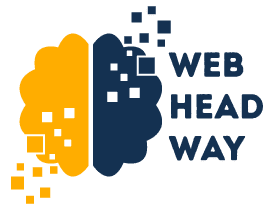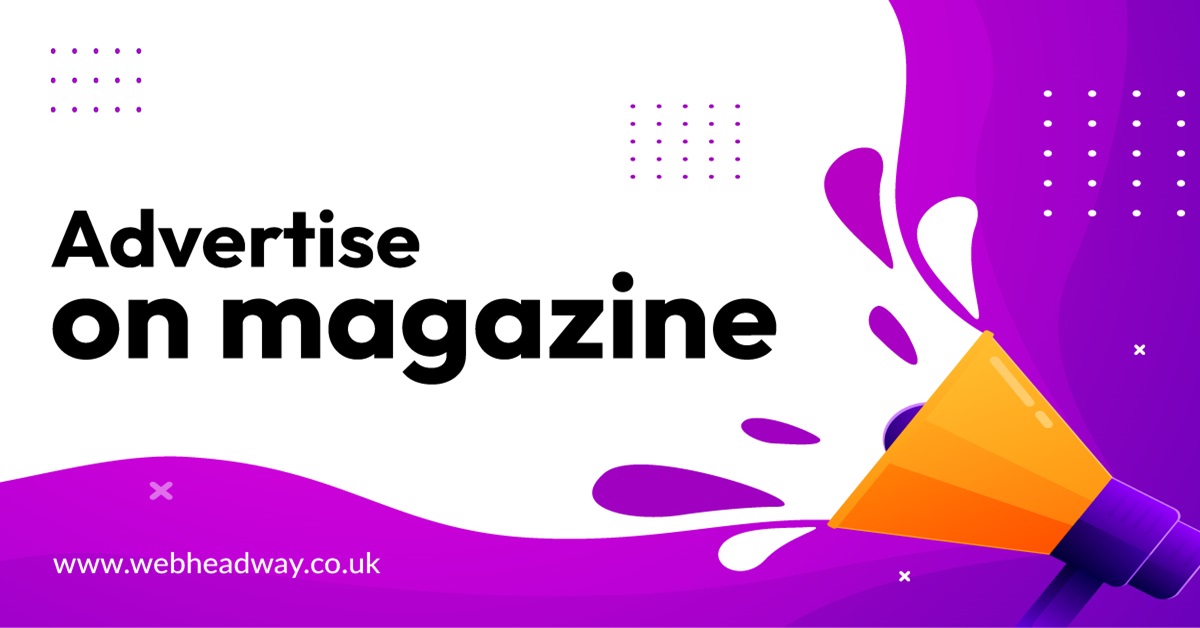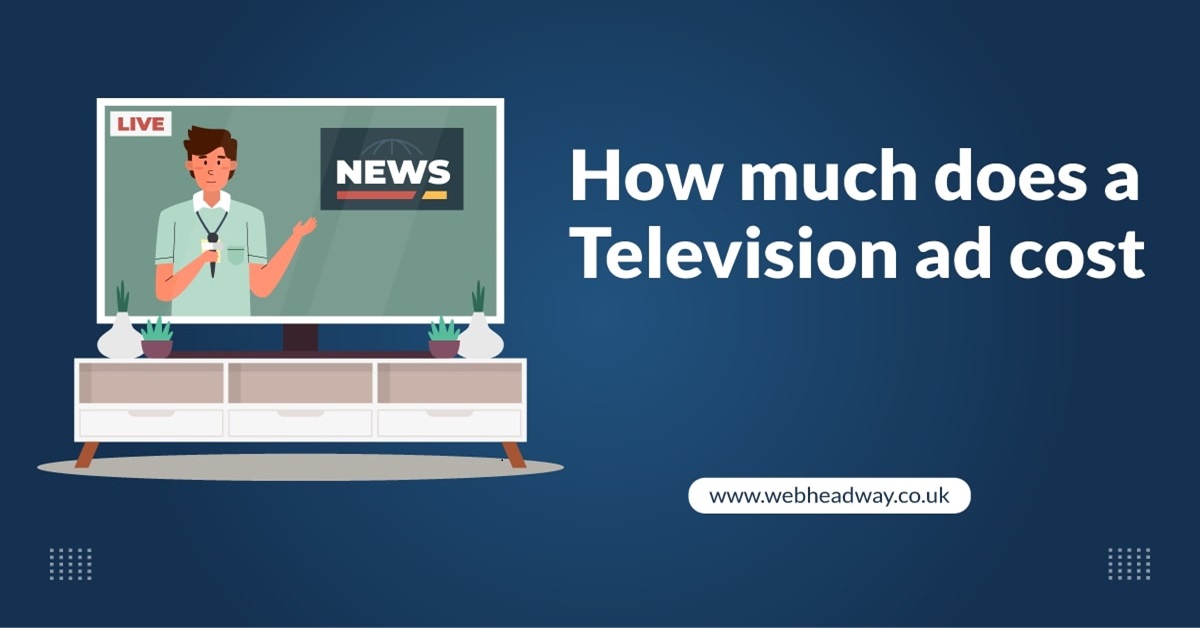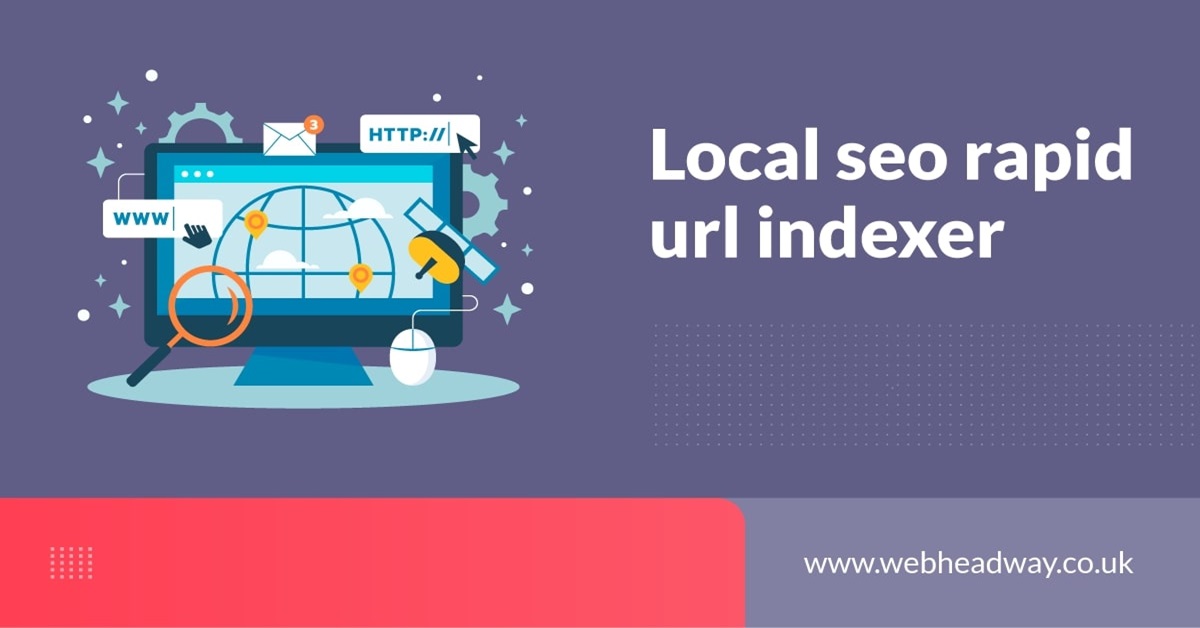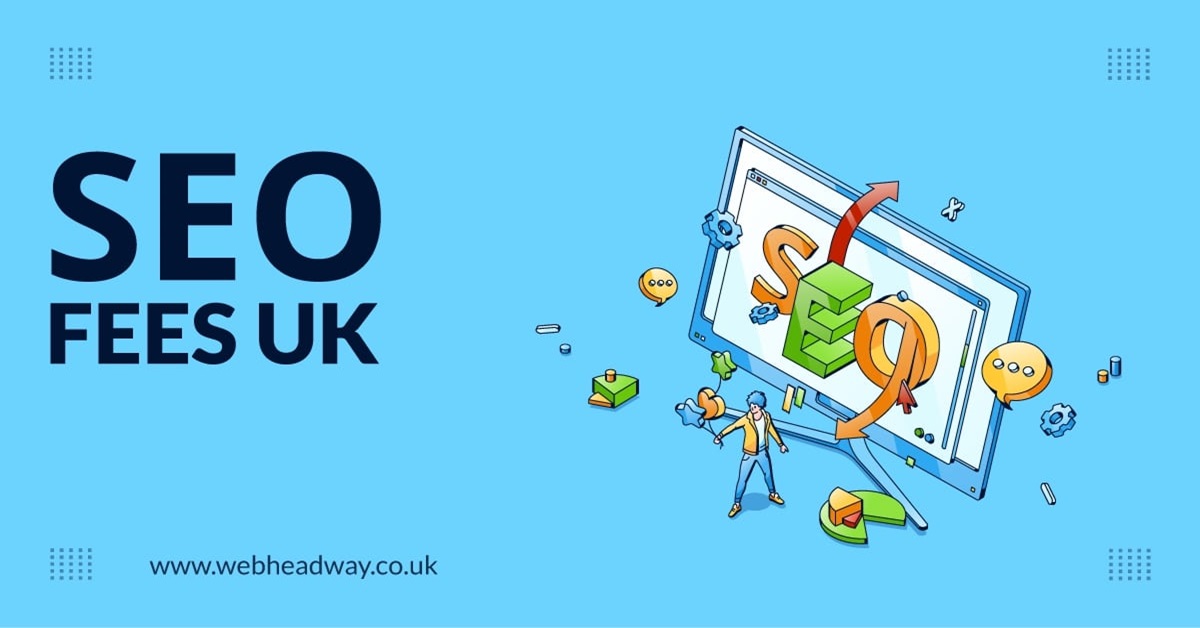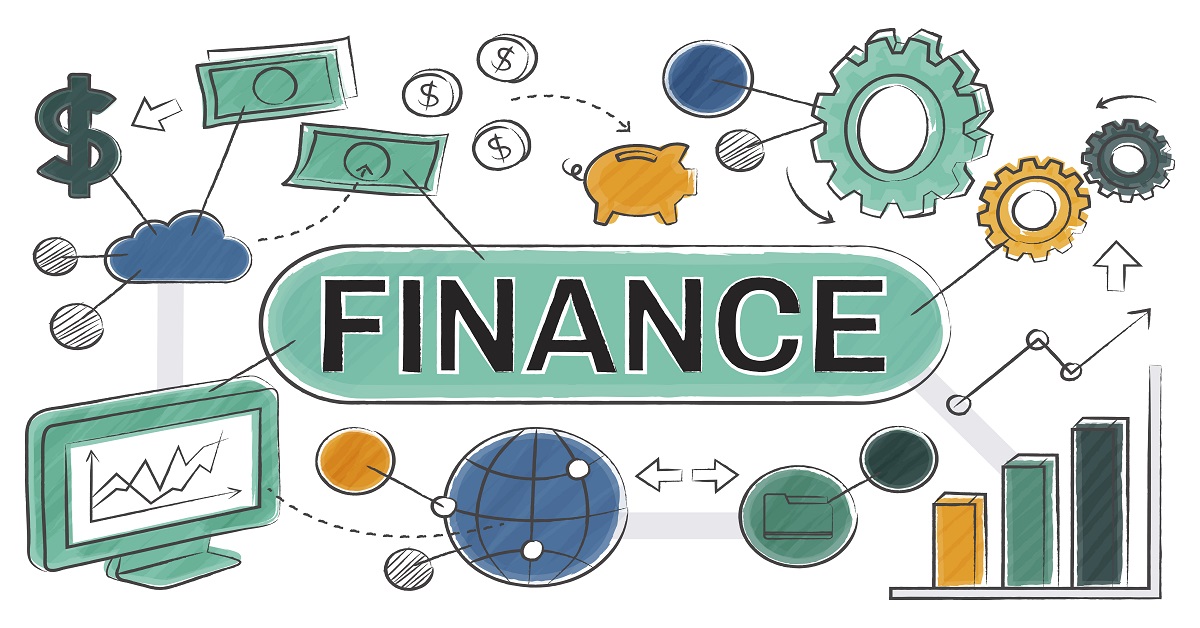In the fast-paced digital era, having expert web design is not merely a luxury but a strategic necessity. Your website is often the first interaction potential customers have with your business. A professionally designed website instils confidence, making visitors more likely to engage with your content and services.
Setting the Stage for Online Success
Before diving into the intricacies of expert web design, it’s crucial to understand its role in setting the stage for online success. A well-designed website serves as a virtual storefront, creating a positive first impression and fostering trust among your audience. In this section, we’ll explore how a strategically crafted website can be a game-changer for your online presence.
Understanding Expert Web Design
Definition and Components
Expert web design goes beyond aesthetics; it encompasses a blend of visual appeal and functionality. It’s about creating a seamless user experience that leaves a lasting impression. Let’s delve into the key components that define expert web design:
- Visual Elements
Visual elements encompass the design aesthetics of your website. From the choice of colours to the layout, each detail contributes to the overall visual appeal. We’ll explore how to strike the right balance between creativity and user-friendly design.
- User Experience (UX) Considerations
User experience is at the core of expert web design. We’ll discuss the principles that guide UX design, ensuring that visitors can navigate your site effortlessly, resulting in increased engagement and satisfaction.
Significance of a Well-Designed Website
A well-designed website is more than just eye-catching; it’s a powerful tool for conveying your brand’s message and establishing credibility. This section will underscore the importance of a website that goes beyond the surface, delving into how it can positively impact user trust and loyalty.
Key Characteristics of Expert Web Design
Responsiveness and Mobile Optimization
In an era dominated by smartphones, the responsiveness of your website is non-negotiable. We’ll explore the importance of mobile optimization and how it directly influences user experience and search engine rankings.
Intuitive Navigation
Intuitive navigation is the backbone of user-friendly design. Users should effortlessly find what they’re looking for. This section will discuss best practices for creating a navigation structure that enhances the user experience and encourages exploration.
Effective Use of White Space
Contrary to common belief, white space is not ’empty’ space but a powerful design element. We’ll delve into how judicious use of white space enhances readability, draws attention to key elements, and contributes to an overall sophisticated design.
Consistent Branding
Consistent branding is the hallmark of a professional website. Beyond logos and colour schemes, it involves creating a cohesive brand identity that resonates with your audience. This section will guide you on the importance of brand consistency and how to integrate it seamlessly into your web design.
Accessibility Features
Web accessibility is not just a legal requirement; it’s a moral imperative. In this section, we’ll explore the significance of making your website accessible to everyone, regardless of abilities. We’ll discuss practical tips and features that enhance accessibility, ensuring a positive experience for all users.
The Role of WordPress in Expert Web Design

Introduction to WordPress
WordPress has evolved from a blogging platform to a versatile content management system. We’ll introduce you to the world of WordPress, highlighting its user-friendly interface and extensibility, making it a preferred choice for expert web designers.
Advantages for Web Designers
1. Customization Capabilities
WordPress offers unparalleled flexibility, allowing designers to customise every aspect of a website. We’ll delve into the vast array of themes and plugins that empower designers to create unique, visually stunning websites tailored to specific needs.
2. SEO-Friendly Structure
Search engine optimisation (SEO) is integral to online visibility. We’ll explore how WordPress inherently supports SEO practices, providing designers with the tools to enhance a website’s search engine rankings and reach a broader audience.
Showcase of Outstanding WordPress Web Designers
The proof of WordPress’s effectiveness lies in the exceptional websites it helps create. In this section, we’ll showcase examples of outstanding WordPress web design, highlighting the diversity and creativity that this platform enables.
Crafting a Compelling User Experience
User-Centric Design Principles
Understanding your audience is paramount in creating a compelling user experience. This section will guide you through the process of developing user personas and journey mapping. By putting your users at the forefront, you’ll design websites that resonate with their needs and preferences.
User Persona Development
Crafting detailed user personas involves creating fictional representations of your ideal audience. We’ll explore how to conduct research and gather insights to build accurate and effective user personas that inform your design decisions.
Journey Mapping
Journey mapping involves visualising the user’s experience from the initial interaction to the desired action. We’ll discuss how to map user journeys, identifying pain points and opportunities for improvement in the design process.
Importance of Aesthetics and Visual Appeal
Aesthetics play a pivotal role in holding users’ attention and conveying your brand identity. We’ll delve into the importance of choosing the right colour palette, typography, and high-quality imagery to create visually appealing and memorable websites.
1. Choosing the Right Colour Palette
Color psychology influences user emotions and perceptions. We’ll guide you through selecting a color palette that aligns with your brand and elicits the desired emotional responses from your audience.
2. High-Quality Imagery
Images speak louder than words, especially in web design. This section will discuss the significance of using high-quality images that not only enhance visual appeal but also contribute to storytelling and brand communication.
Web Design & Development: Inseparable Partners
Interconnected Processes
Web design and development are not isolated tasks; they are interconnected processes that demand collaboration. This section will explore the symbiotic relationship between designers and developers, emphasising the importance of seamless communication and iterative design and development.
1. Collaborative Workflow
Effective collaboration between designers and developers is crucial for bringing design concepts to life. We’ll discuss strategies for fostering a collaborative workflow that ensures the smooth transition from design to development.
2. Iterative Design and Development
The iterative process is key to refining and improving a website continuously. We’ll guide you through the iterative design and development cycle, helping you understand how feedback loops contribute to the creation of a polished and optimised final product.
Navigating the Landscape of Website Design Services
Diverse Offerings in the Market
The web design services market is diverse, offering various solutions to cater to different needs. In this section, we’ll explore the types of website design services available, from custom website design to e-commerce solutions.
1. Custom Website Design
Tailored to specific business requirements, custom website design provides a unique online presence. We’ll discuss the advantages of opting for custom design and how it aligns with businesses aiming for distinct brand identities.
2. E-commerce Website Design
E-commerce websites have unique design considerations. We’ll delve into the essential features and design elements crucial for creating a seamless and visually appealing online shopping experience.
Choosing the Right Design Service for Your Needs
The abundance of design services can be overwhelming. This section will provide practical guidance on how to choose the right design service for your business, considering factors such as budget, goals, and the specific nature of your industry.
The SEO Connection

SEO-Friendly Design Practices
Expert web design is incomplete without addressing its connection to search engine optimisation (SEO). This section will unravel the intricacies of SEO-friendly design practices, including optimised URL structures and image and multimedia SEO.
1. Optimised URL Structure
A well-structured URL not only enhances user experience but also plays a crucial role in SEO. We’ll guide you through creating clean and optimised URL structures that contribute to improved search engine rankings.
2. Image and Multimedia SEO
Images and multimedia elements are integral to web design, but they also impact SEO. We’ll discuss best practices for optimising images and multimedia content, ensuring they enhance user experience while positively influencing search engine visibility.
Future Trends in Web Design
Emerging Technologies
The landscape of web design is ever-evolving, driven by emerging technologies. In this section, we’ll explore the future trends shaping web design, including the integration of artificial intelligence and the rise of augmented reality. Stay ahead of the curve by understanding and embracing these innovative trends.
1. Artificial Intelligence in Design
Artificial intelligence is transforming how designers approach their craft. We’ll discuss AI-driven design tools, automation, and personalisation, highlighting how these technologies can revolutionise the web design process.
2. Augmented Reality Integration
Augmented reality (AR) is not limited to gaming; it’s becoming a powerful tool in web design. We’ll explore how AR integration can enhance user engagement and create immersive online experiences.
Common Mistakes to Avoid in Web Design
Overlooking Mobile Optimization
Despite the mobile-centric era, some websites still neglect mobile optimisation. We’ll discuss the common pitfalls and guide you on how to ensure your website is seamlessly accessible across various devices.
Complicated Navigation Structures
Complex navigation structures can frustrate users and impact their overall experience. We’ll highlight the importance of intuitive navigation and provide tips on simplifying navigation structures for optimal user engagement.
Ignoring Accessibility Standards
Accessibility is not just a legal requirement; it’s an ethical responsibility. We’ll delve into the consequences of ignoring accessibility standards and provide practical steps to ensure your website is inclusive and accessible to all users.
Expert Tips for Web Designers

Staying Updated with Industry Trends
Web design is a dynamic field, constantly influenced by new technologies and design trends. In this section, we’ll provide actionable tips on how web designers can stay updated with industry trends. From following design blogs to attending conferences, staying informed is key to maintaining a competitive edge.
Continuous Learning and Skill Enhancement
The journey of becoming an expert web designer is ongoing. We’ll explore the importance of continuous learning and skill enhancement. Whether through online courses, workshops, or hands-on projects, investing in your skills ensures you remain at the forefront of the rapidly evolving web design landscape.
Conclusion
Recap of Key Takeaways
As we conclude this ultimate guide to expert web design, let’s recap the key takeaways. From understanding the components of expert web design to exploring the role of WordPress, crafting compelling user experiences, and staying ahead with industry trends, you now possess the knowledge to elevate your web design skills.
Empowering Your Online Presence with Expert Web Design
Your website is not just a digital presence; it’s an extension of your brand. By mastering the art of expert web design, you empower your online presence, leaving a lasting impression on visitors and creating a platform for sustainable business success.
Congratulations on completing this comprehensive journey through the world of professional web design. May your newfound insights inspire and guide you towards creating exceptional online experiences!
Frequently Asked Questions (FAQs)
What is the importance of professional web design for businesses?
Professional web design is crucial for businesses as it directly impacts their online presence and brand image. A professionally designed website enhances credibility, fosters trust, and improves user engagement, ultimately contributing to business success.
How can WordPress benefit web designers?
WordPress is a versatile and user-friendly platform that empowers web designers with customisation capabilities and SEO-friendly structures. It streamlines the design process, allowing designers to create unique and functional websites efficiently.
What are the key elements of a user-centric design?
User-centric design focuses on understanding and meeting the needs of users. Key elements include developing accurate user personas, mapping user journeys, and ensuring intuitive navigation and visual appeal to enhance the overall user experience.
Why is mobile optimization crucial for websites?
With the increasing use of mobile devices, mobile optimisation is essential for reaching a broader audience. It ensures that websites display correctly and function seamlessly on various devices, contributing to a positive user experience and improving search engine rankings.
How do I choose the right website design service for my business?
Choosing the right website design service involves considering factors such as budget, business goals, and the specific nature of your industry. This section will provide a step-by-step guide on evaluating and selecting a design service that aligns with your unique business needs.
